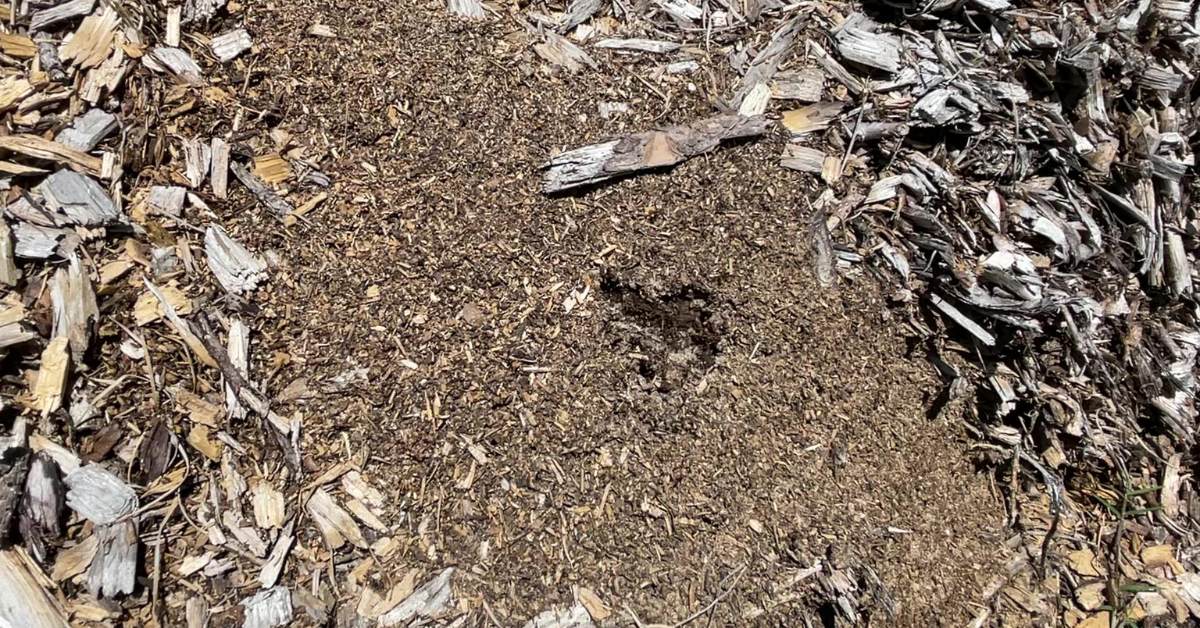Anyone else out there a big fan of cheese grits? *Raises hand*
We love them as a side dish, but we’ll even turn them into a main dish by tossing in some green onions and flavorful shrimp.
And don’t even get me started on garlic cheese grits. Yum!
Ok, let’s get to the topic at hand—freezing cheese grits without rendering their texture unpleasant.
Do Cheese Grits Freeze Well?
Freezing cheese grits is a game-changer. I tuck them away in the freezer, and they come out ready to rescue any meal.
The texture does change slightly; they aren’t quite as creamy as when freshly made. But, with the right technique, they still satisfy that craving for this classic southern dish.
The flavors hold up well, with the sharp cheddar conveying its punch even after a freeze. Proper freezing methods are key to maintaining their soul-soothing taste.
The following tips apply to all sorts of grits:
- instant grits
- quick grits
- stone-ground grits
- and more
Prices pulled from the Amazon Product Advertising API on:
Product prices and availability are accurate as of the date/time indicated and are subject to change. Any price and availability information displayed on [relevant Amazon Site(s), as applicable] at the time of purchase will apply to the purchase of this product.
Ways to Freeze Cheese Grits
Freezing cheesy grits is pretty straightforward, and you only need a few simple supplies.
Grab airtight containers or freezer bags—these are your best allies against freezer burn.
I like to separate my grits into individual portions before freezing. This way, I can defrost just the right amount (no waste).
Here’s how to do it:
- Spoon regular grits (or stone ground grits—it doesn’t matter) into an ice cube tray while they’re still warm.
- Press cling wrap directly onto the surface to create a moisture barrier.
- Place in the freezer.
- Once solid, pop the grit cubes into a labeled freezer bag, squeezing out as much air as possible.
Whenever I need a quick side dish, I have cheesy grits ready to go!
Prices pulled from the Amazon Product Advertising API on:
Product prices and availability are accurate as of the date/time indicated and are subject to change. Any price and availability information displayed on [relevant Amazon Site(s), as applicable] at the time of purchase will apply to the purchase of this product.
For larger amounts (like what we’d use for shrimp grits), I use a baking dish:
- First, line the dish with non-stick cooking spray, and add the grits.
- Let them cool to room temperature.
- Wrap the dish tightly with plastic wrap, pressing the wrap onto the surface of the grits.
- Cover with foil, and place in the freezer.
To reheat, simply bake until bubbly and hot. Alternatively, you can add a little chicken broth to a large saucepan and reheat over medium heat until piping hot. Just be sure to stir frequently to keep them from burning (but that’s what the chicken broth should prevent.)
How Long Will Cheese Grits Last in the Freezer?
Cheesy grits will store well in your freezer for about three months. The secret’s in how well you wrap them; tight and right keeps them out of freezer burn’s sight.
Look out for ice crystals or altered color. That’s when you know they’re past their prime.
Toss them out if they smell “off.” A foul odor is never a good thing when it comes to food.
(If you want to store them in the fridge, check out this post on how long it takes for grits to go bad.)
How to Thaw Frozen Grits Before Cooking
When it comes to thawing frozen grits, an abrupt change in temperature can ruin their comforting texture.
Start by moving the grits from freezer to fridge, and let them thaw overnight. This gentle process protects their creamy consistency.
Now, what if you need them sooner? I’ve got a hack for you:
- Place the frozen grits in a sealed bag.
- Submerge them in cold water.
- Swap the water every 30 minutes.
Soon, you’ll have them thawed without losing that signature creaminess.
Plop your thawed grits into a saucepan—a little water or milk can help keep them from sticking to the bottom of the pan.
FREE FOOD STORAGE PLAN!

Does gathering and storing a year’s worth of food for your family seem overwhelming and unachievable?
Make it easy with our step-by-step plan. Subscribe to our weekly newsletter & we’ll send it to you FREE!
Favorite Mix-Ins to Kick Cheese Grits Up a Notch
Spicing up your creamy cheese grits is a breeze with a few tasty tweaks. To whip up some quick homemade grits, get a large skillet going with olive oil for an extra flavor boost, but the trick is in the mix-ins, turning regular cheese grits into something special.
(If you’re in a hurry, grab quick-cooking grits from the grocery store; they save time without sacrificing taste.)
Add sharp cheddar cheese or even some heavy cream for ultra-smooth texture, and add a dash of garlic powder and black pepper for a savory touch.
If you get bored with a plain bowl of grits, switch things up by using a muffin tin for grits cakes!
Whether you stick to the classics or get adventurous, these simple tweaks will make your cheese grits a hit.
Frequently Asked Questions
Can You Refreeze Cheese Grits?
I’ve tried to refreeze cheesy grits, but it’s not something I’d recommend. Frequent temperature changes can weaken the texture, leaving them a bit grainy. The cheese won’t be as smooth either. In my experience, refreezing can also dull the rich flavor that makes them so comforting.
I prefer to thaw only what I need for one meal. It’s a safer choice to avoid refreezing them. So, for best results, enjoy them after the first thaw and save yourself from a disappointing second round.
How Do You Reheat Frozen Grits?
I opt for the stovetop for that even, gentle heat. Simply add a splash of milk, broth, cream, or water, stir frequently over medium heat, and the cheesy grits come back to life.
I hear you can microwave them, too, but we don’t have a microwave, so I can’t be of much help there.
Can I Freeze Leftover Shrimp and Grits?
Shrimp and grits meld together like old friends. I’ve found that they freeze surprisingly well, too. You just have to treat them right. Separate the shrimp from the grits before freezing, as they have different thawing times.
Freeze the grits in an airtight container, and the shrimp in a freezer bag. This way, you prevent freezer burn and keep their flavors fresh. For the shrimp, a quick rinse under cold water will do the trick. They thaw in no time.
With this method, the creamy texture and savory taste of cheesy grits stay intact.












